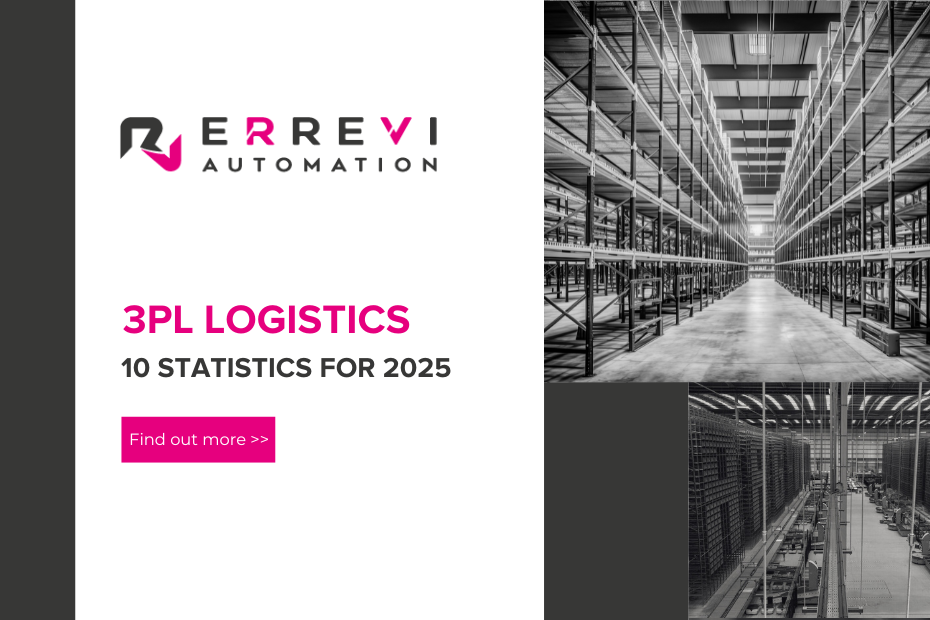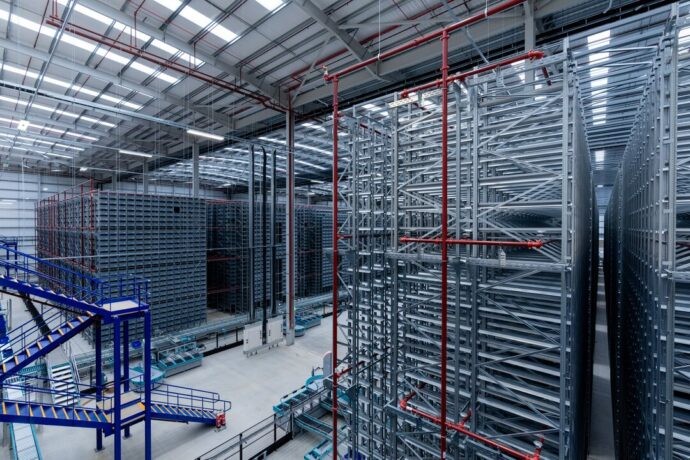Contatti:
+39 0536 284111
Indirizzo:
Via Giovanna Maria Dallari, 2 - 41049 Sassuolo (MO) Italy

Real estate constraints and labor shortages on the one hand, high performance in a multi-customer and multi-channel environment on the other: here are ten key elements to better understand the challenges facing the 3PL logistics and 3PL industry (third-party logistics service providers) and, most importantly, how automation can help overcome them successfully!
As consumer needs increase, companies are increasingly eager to focus on their core business. As a result, the trend is to outsource logistics operations to specialized companies in order to remain competitive and increase their level of service. These premises represent a growth opportunity for the 3PL logistics industry.
According to industry data, In 2021, the global logistics outsourcing services (3PL) market was valued at $1.3 trillion and is expected to grow at a compound annual growth rate (CAGR) of 8.8 percent from 2022 to 2031, reaching a total value of $2.8 trillion. (Allied Market Research)
This context increases the challenges related to the real estate market for 3PL, which are already significant and impactful for the logistics sector in general.
Most 3PL warehouses (3PL warehouse) report that once they reach 80%-85% space utilization, their efficiency declines. (Extensiv) This finding highlights the need for scalable and innovative solutions to address logistics challenges.
3PL companies also need to address the impact of labor shortages on logistics performance: according to 3PLStudy research, 56 percent of 3PL said labor shortages affected prior operations in 2022. (3PLStudy)

The top 3 challenges facing 3PL are operational efficiency (52%), cost management (51%), and staff recruitment and retention (48%).
How can automation help 3PL warehouses meet today’s challenges?
Ready to transform your warehouse? CONTACT US for a personalized consultation